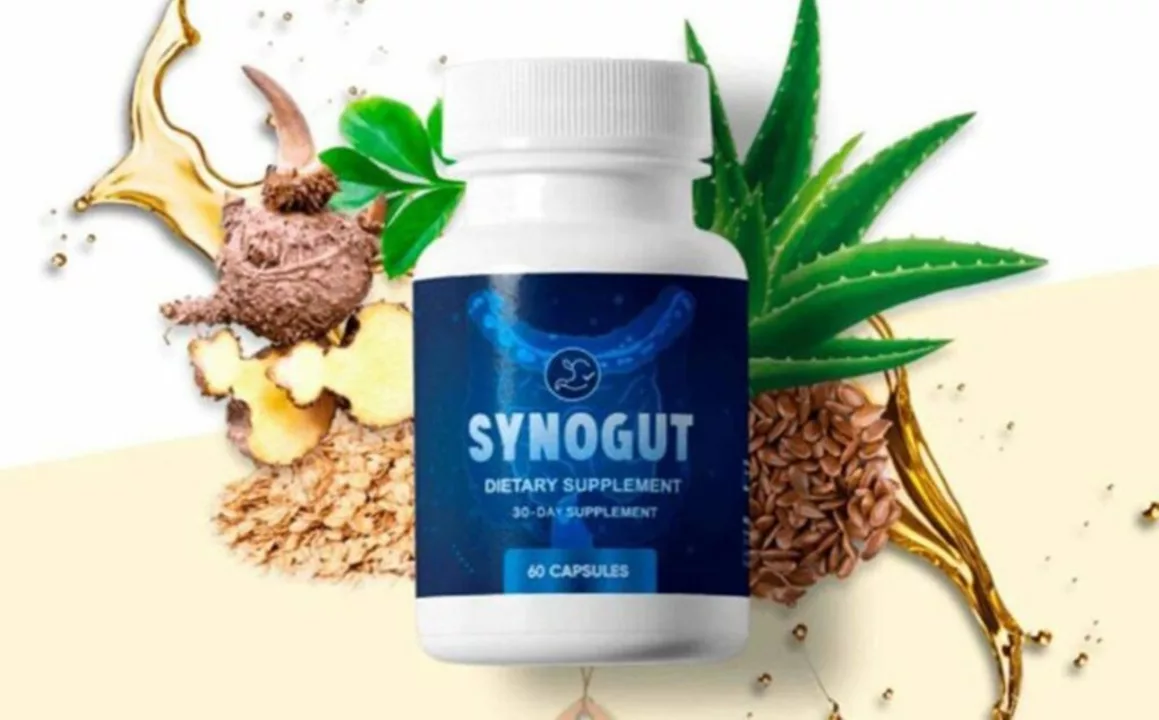I recently came across Salacia, an all-natural dietary supplement that has been gaining popularity for its numerous health benefits. This amazing plant extract is known to help regulate blood sugar levels, reduce inflammation, and even aid in weight loss. I personally started incorporating Salacia into my daily routine, and I'm already noticing a difference in my overall health and well-being. If you're looking for a natural way to boost your wellness, I highly recommend giving Salacia a try. Trust me, your body will thank you!
Salacia: What It Does, How to Use It, and How to Buy the Right Supplement
Salacia (often Salacia reticulata or Salacia oblonga) is an herb from South Asia used traditionally for blood sugar and metabolic support. If you're hearing about it for the first time, here's the straightforward, practical guide: what people use it for, what the science says, how to take it safely, and how to choose a good product.
How Salacia works
Salacia contains compounds that can slow carbohydrate digestion in the gut. That means after a carb-heavy meal, fewer sugars hit your bloodstream right away. Small clinical trials show modest reductions in fasting blood sugar and post-meal glucose when people take standardized salacia extracts alongside diet and lifestyle changes. Think of it as a helper, not a replacement for prescribed diabetes meds or good habits.
If you take diabetes medication, salacia can add to their effect and increase the risk of low blood sugar. Monitor glucose closely and check with your provider before starting salacia.
Practical dosing and timing
Supplement products vary. Studies and labels commonly show daily doses spread across meals — for example, taking the extract before breakfast, lunch, and dinner. Doses in research range widely, so start with the lowest recommended dose on the product label and watch for digestive side effects like gas or loose stools. If you’re using it to support blood sugar, measure your response: check fasting numbers and post-meal readings for a couple of weeks after starting, and share results with your clinician.
A few clear safety tips: do not use salacia if you are pregnant, breastfeeding, or if you have unmonitored diabetes. Tell your doctor if you’re on insulin, sulfonylureas, or other glucose-lowering drugs. Stop and consult a clinician if you develop severe stomach upset, dizziness, or signs of hypoglycemia (sweating, shaking, confusion).
Where to buy and what to look for: choose a product that lists the botanical name (Salacia reticulata or Salacia oblonga) and a standardized extract or active marker on the label. Third-party testing (USP, NSF, or independent lab reports) is a big plus — it confirms purity and dose. Avoid vague blends that don’t show how much salacia they actually contain. Buy from trustworthy vendors or a reputable online pharmacy that provides clear ingredient sheets and contact info.
Want to use salacia alongside other supplements? It pairs commonly with chromium or cinnamon in formulas, but combination products make it harder to know what’s working. If you care about evidence, prefer single-ingredient extracts so you can track results.
Interested in related herbs and supplements? Check articles on cup plant, calcium D-glucarate, and red-spur valerian for other options people consider in metabolic or wellness stacks. And remember: supplements can help, but they work best with diet, exercise, and medical oversight.
If you have specific health conditions or take prescription meds, talk to your healthcare provider before trying salacia. Monitor your numbers, start low, and choose a product with clear labeling and third-party testing.

